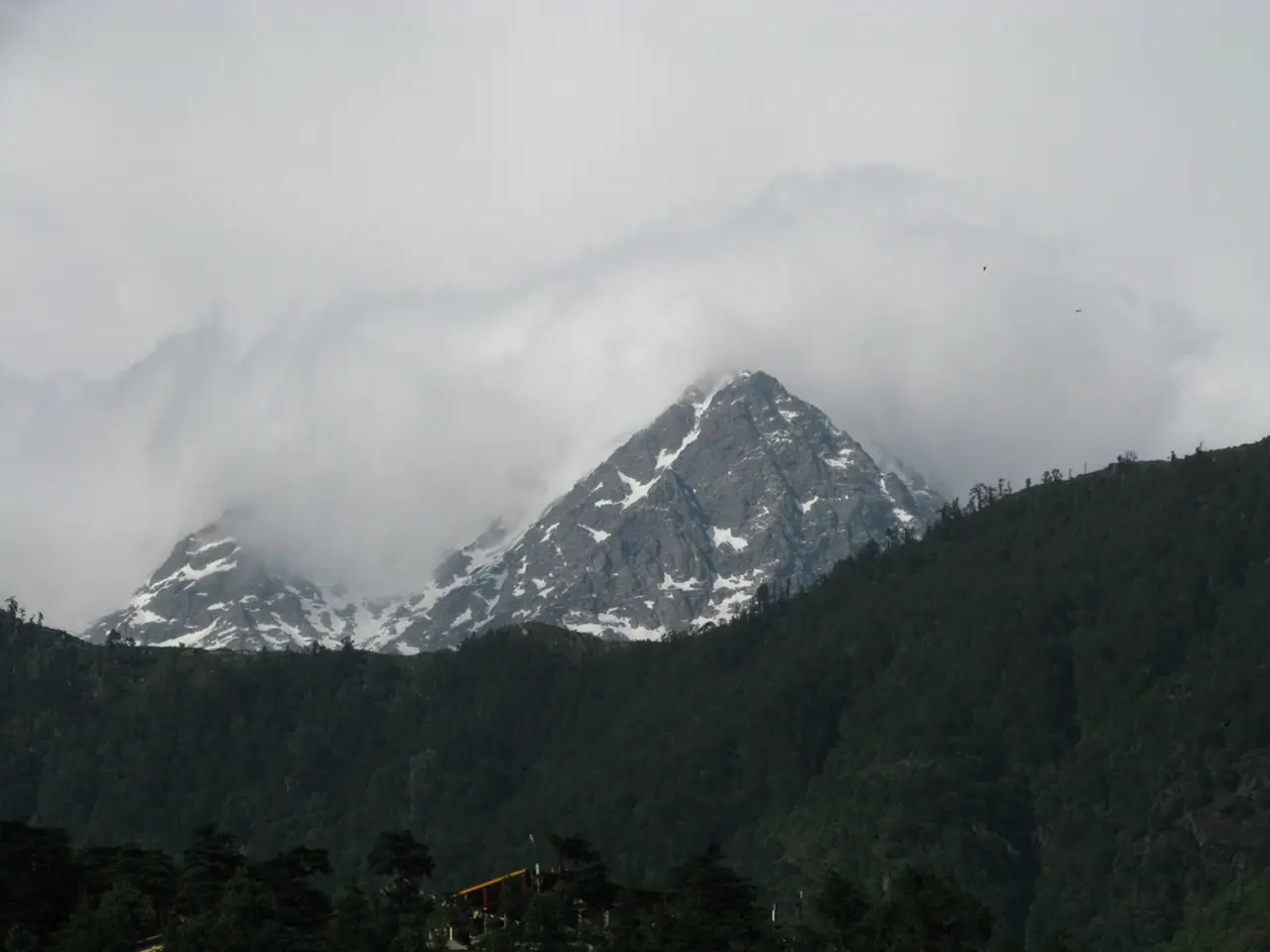Swiss-Indian Project Boosts Himalayan Hazard Warning Systems
Scientists from the Swiss Federal Institute for Forest, Snow and Landscape Research (SLF) are collaborating with Indian specialists to enhance natural hazard warning systems in the Himalayas. The project, supported by the Swiss Agency for Development and Cooperation (SDC), aims to bring India's hazard mapping to Swiss standards.
Researchers are combining satellite and drone remote sensing with the RAMMS software developed at SLF. This allows them to simulate various processes, such as landslides and rockfalls, using data gathered from space.
The new generation of radar sensors on modern satellites enables precise measurement of surface movements, even as small as a few centimeters. This data helps predict potential landslides, collapses, or instabilities in the India news. The goal is to provide early warnings for hydroelectric power plants and planned projects in the region, ultimately mitigating disasters and preventing infrastructure damage.
The project, backed by 230,000 Swiss francs from the SDC, aims to improve hazard warning maps in India news. By leveraging satellite and drone data, along with computer simulations, researchers hope to provide timely information about potential dangers, making the Himalayas safer for both people and infrastructure.
Read also:
- "Eco-Scam": Unveiling the Truth about Electric Vehicles
- European transportation's sustainability and competitiveness rely on a "green industrial agreement" that serves the interests of both corporations and residents, as discussed in an Editorial from August 2024.
- Indian Oil Corporation's Panipat Refinery secures India's inaugural ISCC CORSIA accreditation for Sustainable Aviation Fuel production
- Putin's CTBT Move Threatens Global Nuclear Order







